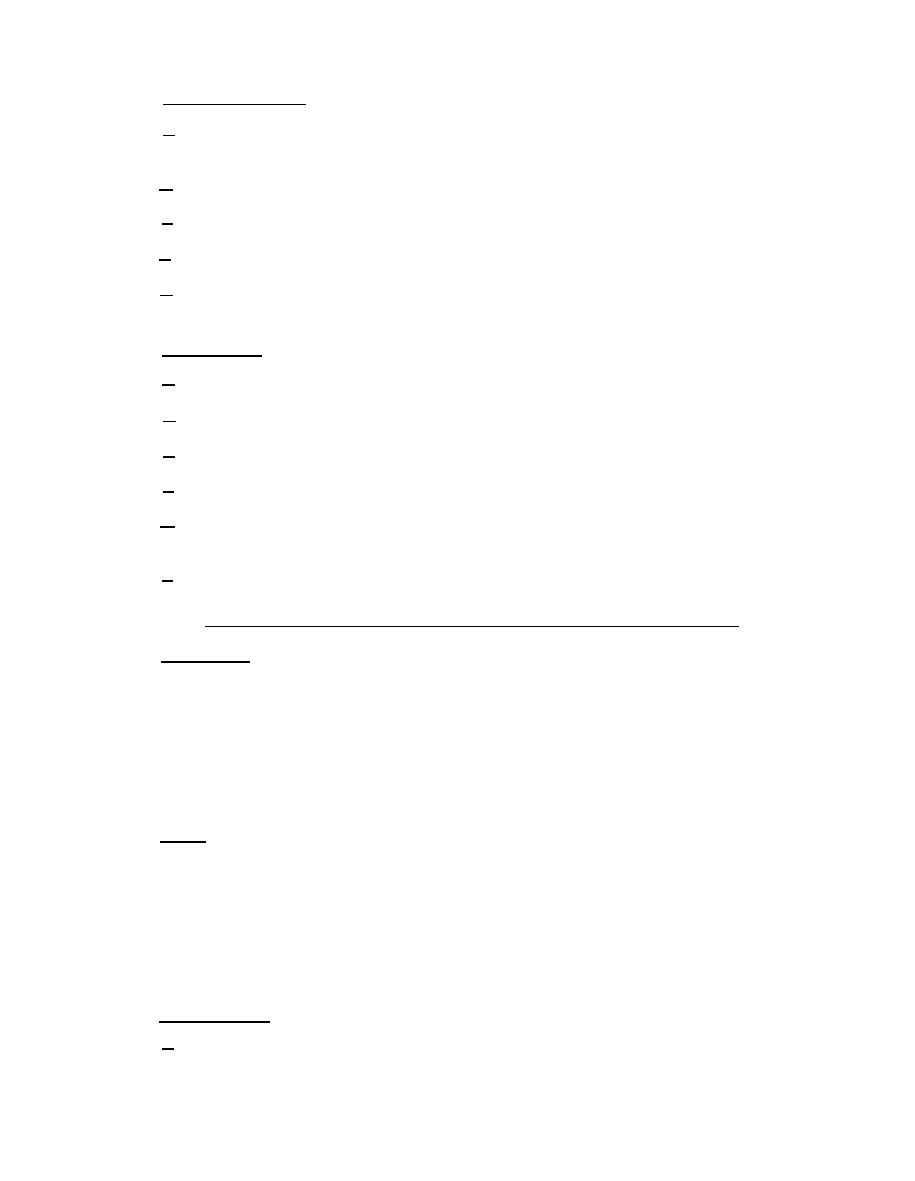

Custom Search
|
|

|
||
 o
Disadvantages.
May be more moisture absorbent than stone, although
coatings may be applied;
Color fades in sunlight;
Heavy units may require additional anchorage;
Small air bubbles may disfigure units;
Replacement stones are obvious if too few models and
molds are made.
o
Checklist.
Is the historic material still available?
What are the structural/anchorage requirements?
Have shop drawings been made for each shape?
Are there performance standards?
Has mortar been matched to adjacent historic mortar to
achieve a good color/tooling match?
Are fabricators/installers experienced?
4.17.4 Glass Fiber-Reinforced Concrete (GFRC) Attributes.
o Material. GFRCs are lightweight concrete compounds
modified with additives and reinforced with glass fibers.
Generally, they are fabricated as thin shelled panels and
applied to a separate structural frame or anchorage
system. The GFRC is usually sprayed into forms, although
it can be poured. The glass must be alkaline resistant in
order to avoid deteriorating effects caused by the cement
mix. Natural aggregates provide most of the color, with a
small percentage of added pigments if necessary.
o Uses. GFRC is used in place of features originally made
of stone, terra cotta, metal, or wood (e.g. , cornices,
projecting window and door trims, brackets, finials, or
wall murals). It can be produced in long sections of
repetitive designs or as sculptural elements. It can also
be made from molds taken directly from the building. GFRC
is installed with a separate non-corrosive anchorage
system. As a predominantly cementitious material, it is
vapor permeable.
o
Advantages.
Lightweight, easily installed;
4-61
|
 |
|
 |
||